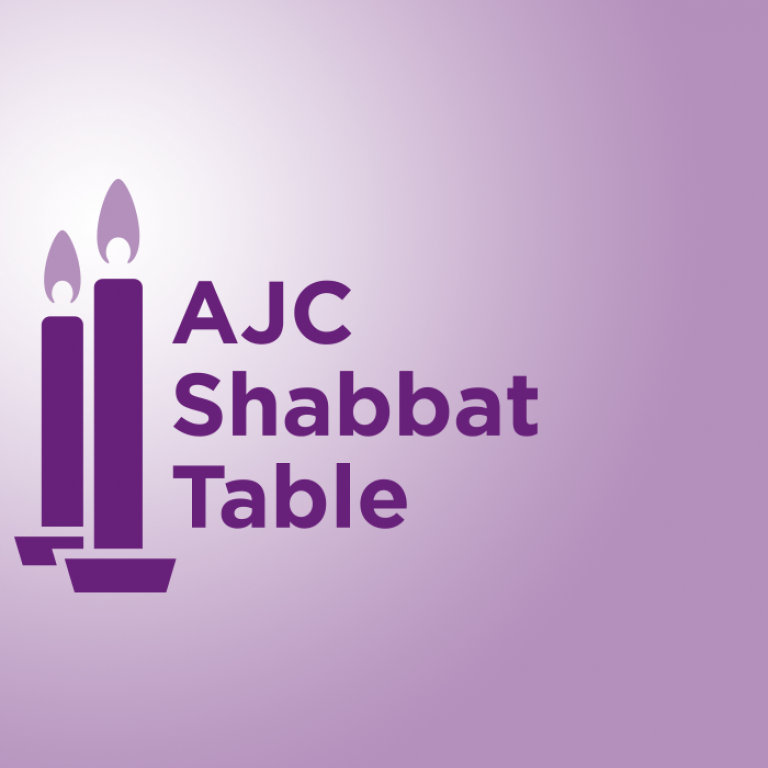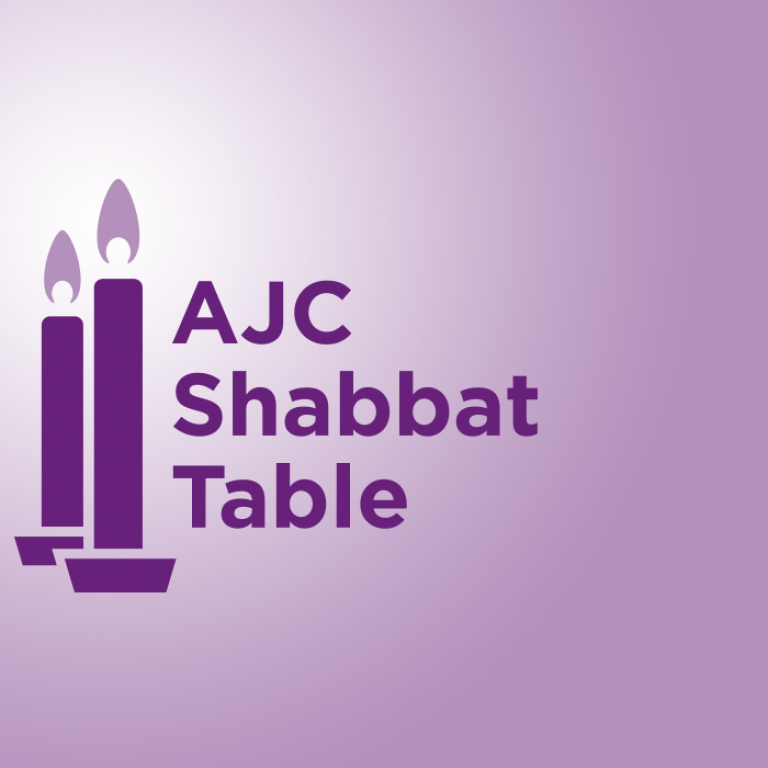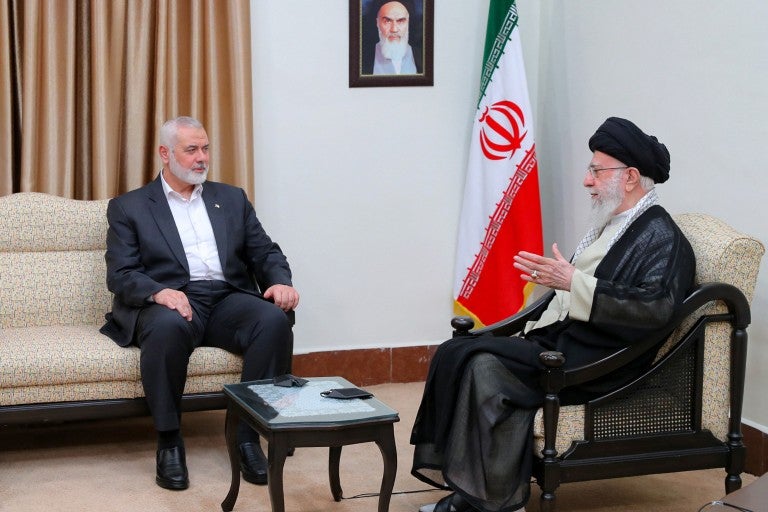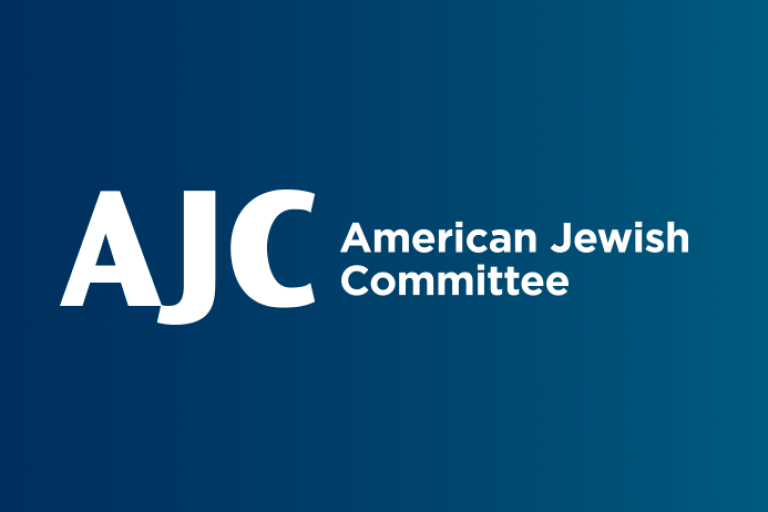March 12, 2021
This Shabbat: Parshat Vayakhel-Pekudei
For so many of us, this week marks one year since our lives radically changed. It has been a painful year filled with separation from loved ones, disruptions, and cancellations, and for so many, economic hardship, disease and even death. But there have also been special moments, lessons learned, and wisdom gained. One such lesson feels very linked to this week’s Torah portion. Parshat Vayakhel-Pekudei opens with Moses reminding the Children of Israel of the holiness of Shabbat, and of the laws they must keep in order to observe it. But then, the parsha turns its attention to the creation of the Mishkan, the Tabernacle in the desert. Entire chapters are filled with the most exquisite details about the ornate and richly decorated Mishkan. The juxtaposition of the reminder about Shabbat and the detailed description of the Mishkan contains a message for this moment.
The great Rabbi Abraham Joshua Heschel famously wrote that Judaism sees time - not space - as holy. He noted that the first time the word “kadosh” or “holy” is used in the Bible is to refer to Shabbat - the day God rested from creation. He writes, “Judaism teaches us to be attached to holiness in time, to be attached to sacred events, to learn how to consecrate sanctuaries that emerge from the magnificent stream of a year. The Sabbaths are our great cathedrals…” One year into this pandemic, we all have a deeper understanding of the holiness of time. We have been evicted from so many of the spaces that were central to our lives in the Before: our synagogues, the homes of friends and family, theaters, stadiums, coffee shops, and so much more. But miraculously, we figured out how to consecrate time without those spaces. Our lives slowed down and we spent more time talking, reading, cooking, and playing games together. Our Jewish institutions created virtual programming. We Zoomed with our family and friends. We watched as talented performers figured out how to sing together without being together. We cheered on our teams as they played in empty stadiums and arenas. We learned to treasure being with one another in virtual space, but in actual time.
But what should we make of our Torah portion’s turn from discussing the holiness of the Shabbat to the ornate space of the Mishkan? If time is what is truly holy, why spend chapters and chapters detailing the beauty of a space? The truth is that human beings cannot exist only in time. We need human touch. We are uplifted and warmed by being in spaces that hold meaning for us. And yet, we learned during this year of exile that, due to the hectic pace of twenty-first century life, many of us had previously been paying too little attention to the holiness of time. Our challenge as we slowly re-enter the spaces we have had to leave this year is, like our Torah portion, to hold both the holiness of time and space in our lives, to juxtapose them with one another so that we are able to treasure them both.
For Shabbat Table Discussion:
- What physical spaces have you most missed this year?
- Do you think you will live your life differently once the pandemic has receded and we can return to some semblance of normalcy? What lessons do you think you might take from this past year?
- How do you think we as a Jewish community might retain the beauty of sacred time that we created this past year while simultaneously returning to our treasured sacred spaces as well?
This Week in Jewish History
March 18, 1922 - Judith Kaplan has the First American Bat Mitzvah Service
In honor of Women’s History Month, we pay tribute to a milestone in the history of Jewish women in America. While Jewish families had ritualized their sons reaching the age of bar mitzvah since the Middle Ages, the same attention was not paid to girls reaching the age of bat mitzvah - until Shabbat morning, March 18, 1922. That day, 12-year-old Judith Kaplan, the daughter of the renowned Rabbi Mordecai M. Kaplan, came forward to just below the bima of her father’s synagogue, the Society for the Advancement of Judaism (SAJ) in New York City, recited the blessings for an aliyah to the Torah and read a selection of the weekly Torah portion. While Judith did not read from an actual Torah scroll, but rather from her own personal Bible, the event was quite scandalous, attracting much attention and some shock from family and friends. But Rabbi Kaplan, Judith’s father as well as the founder of Reconstructionist Judaism, felt strongly that girls should also have a ritual celebration of their bat mitzvah so that they could have equal standing with boys. The bat mitzvah ceremony would make it clear that the Jewish community valued Jewish education for girls, the mothers of the next generation.
It took a long time for other American Jewish girls to be able to walk through the door opened by Judith Kaplan. By 1950, only approximately one-third of Reform and Conservative congregations had adopted bat mitzvah services. However, most of the time, particularly in the early decades, the bat mitzvah girl was not permitted to do the same rituals as a bar mitzvah boy. Orthodox congregations refrained from adopting bat mitzvah rituals for many decades, although today many modern Orthodox congregations mark a girl’s bat mitzvah in some ritual fashion. But the impact of Judith Kaplan’s bat mitzvah was enormous. As more synagogues began to ritually mark bat mitzvahs, it led to increased inclusion of women in all ritual spaces of Reform and Conservative synagogues. Arguably, by opening the door to women’s ritual inclusion in synagogue, Judith Kaplan’s bat mitzvah even ultimately led to the ordination of women as rabbis. Kaplan grew up to be a composer and an expert in Jewish museum and music education, but she will always be remembered for her history-making bat mitzvah.
Shabbat Shalom!
שבת שלום!






